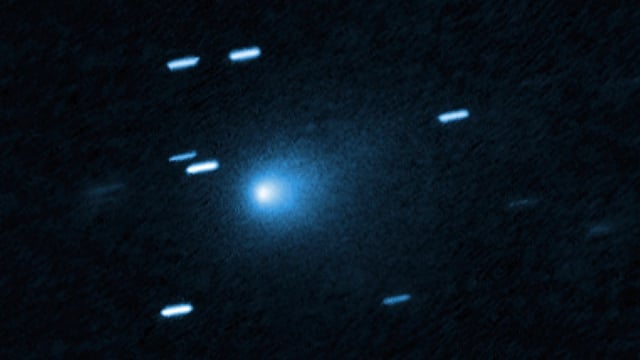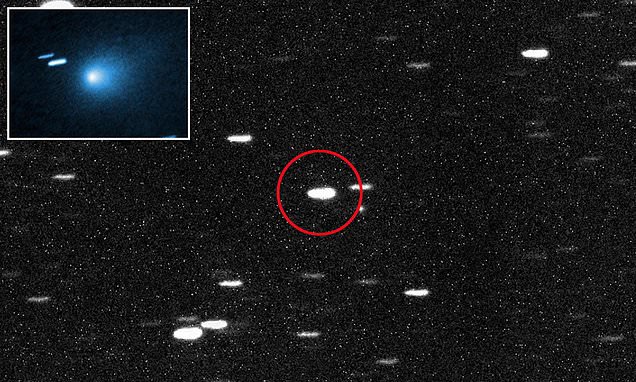Overview
- A new arXiv preprint urges opportunistic observations from existing probes, citing close passes by Psyche on September 4, Mars orbiters on October 3, and ESA’s Juice on November 4 because perihelion will be too near the Sun for most Earth-based viewing.
- Harvard’s Avi Loeb says a Hubble image shows a sunward glow that might imply a central light source, proposing a nuclear-powered spacecraft as a speculative explanation that he acknowledges requires stronger evidence.
- NASA and most astronomers describe 3I/ATLAS as an active comet, and critics including Oxford’s Chris Lintott argue that artificial-origin claims are unsupported.
- Loeb also argues the trajectory—bringing 3I/ATLAS near Venus, Mars, and Jupiter—is unusually fine-tuned, estimating about one-in-20,000 odds for such a path by chance.
- Discovered in July by the ATLAS telescope in Chile, the object is expected to pass near Mars around October 3, reach perihelion near October 30, approach Earth on December 17, and depart the solar system in early 2026; Loeb has urged observations by MRO and discussed a possible Juno retargeting with a U.S. lawmaker.



